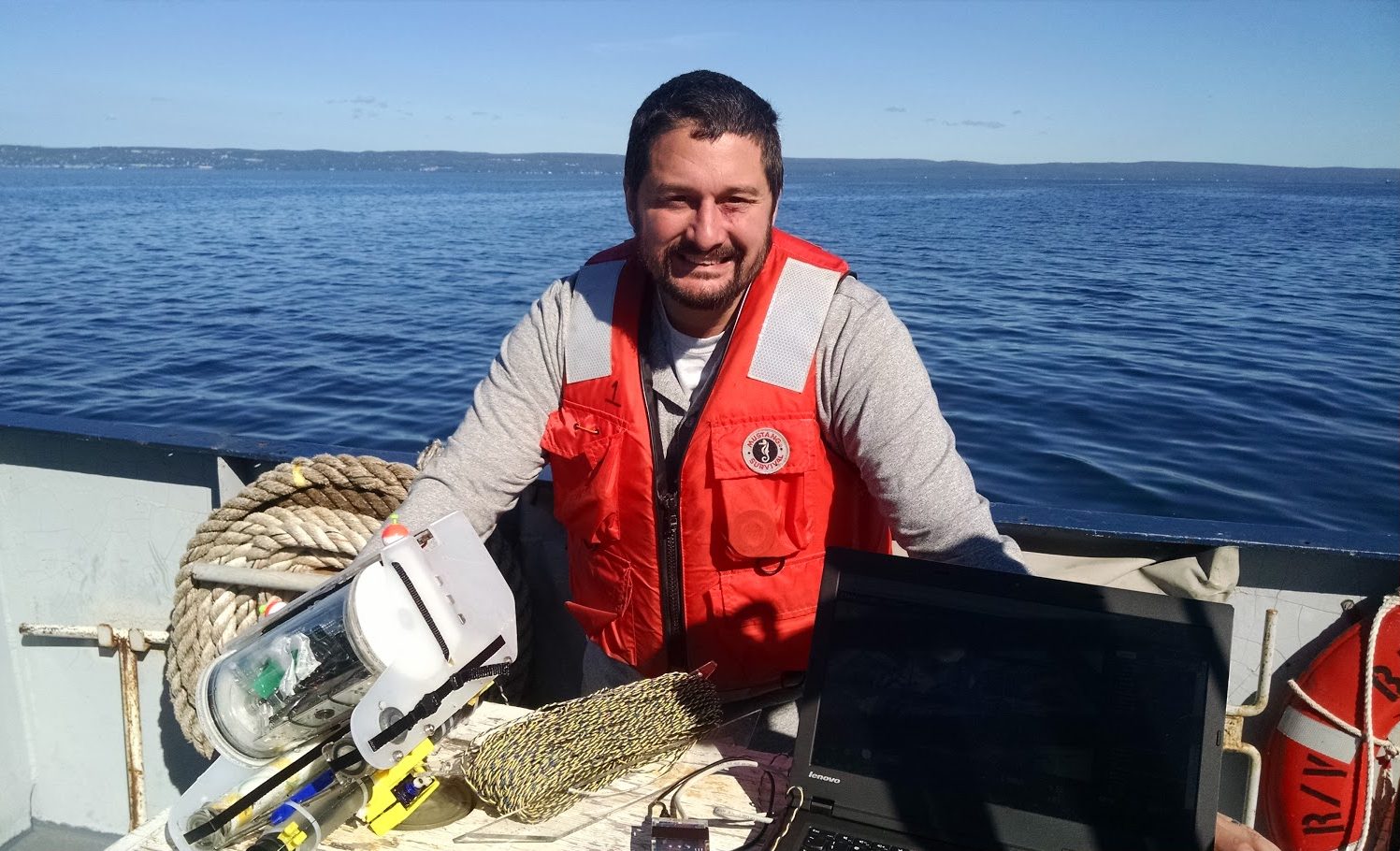Hello and welcome to the return of the DSM Observer!
DSM Observer was launched in July 2017 to provide news, resources, and deep dives into the emerging deep-sea mining industry. As Editor-in-chief, Arlo Hemphill of I am Wilderness, LLC, created a monthly newsletter tackling the technology, business, science, environment, and policy issues surrounding deep-sea mining and provided a place for those interested in this industry to access resources, events, and career opportunities. Arlo created a solid foundation from which to grow the DSM Observer.
After a five month hiatus, the DSM Observer is back! As the new Editor-in-chief, I intend to build on the excellent work of my predecessor by promoting new voices from all aspects of the deep-sea mining community, from environmental scientists to industry leaders to the ROV technicians who will be commanding some of the largest deep-diving machines ever built. Over the last ten years, my career has closely tracked with the industry. My work focuses on the intersection of science, technology, and policy. I conducted my PhD research primarily at Solwara I, studying the biodiversity and connectivity of hydrothermal vent populations from the southern Pacific. I work closely with an underwater robotics firm developing the next generation of microROV systems for science and education. I’ve written about the deep-sea, how we interact with it, and how technology shapes our perception of the planet’s last great wilderness. I continue to maintain an active deep-sea research portfolio.
This month, in the DSM Observer, Dr. Diva Amon takes us to the ISA Annual Meeting in Kingston, Jamaica and asks what the next six years in deep-sea mining will look like; I dig into the stories swirling around Nautilus Minerals and help separate the noise from the news as we try to understand the current state of the company; we look back at the last 6 months of industry developments and scientific discoveries; and take a closer look at the organisms that live in and shape polymetallic nodule fields.
